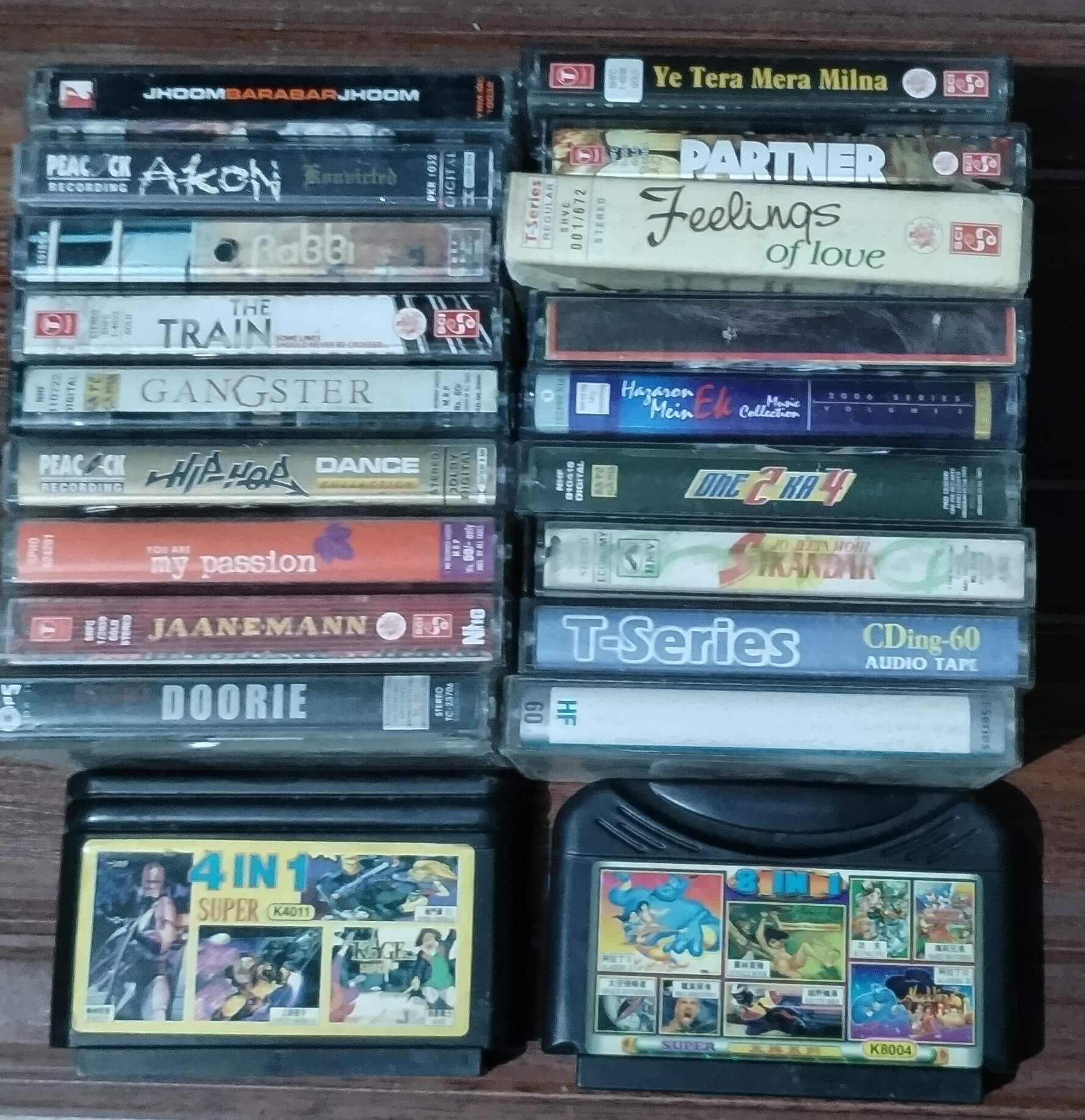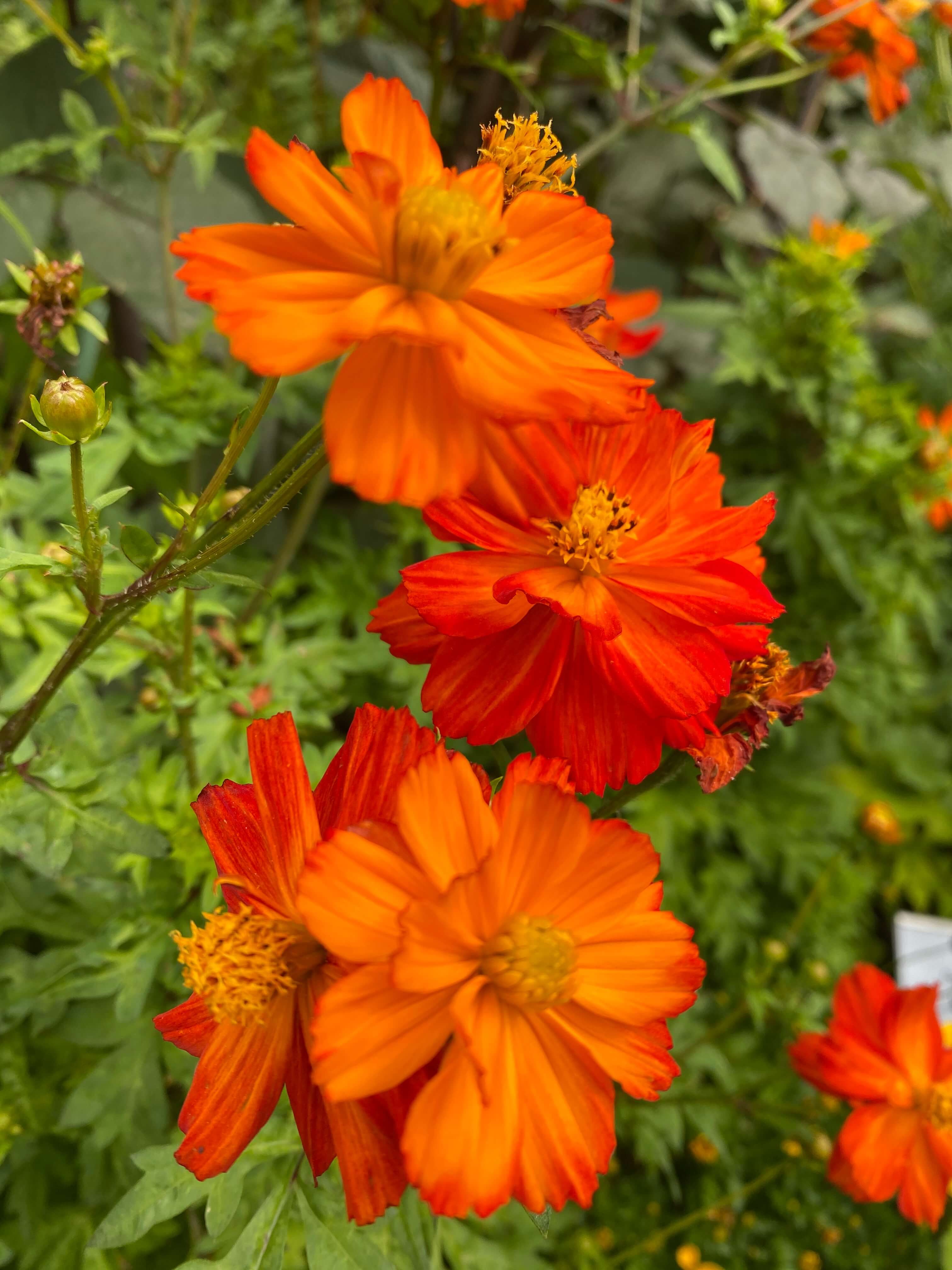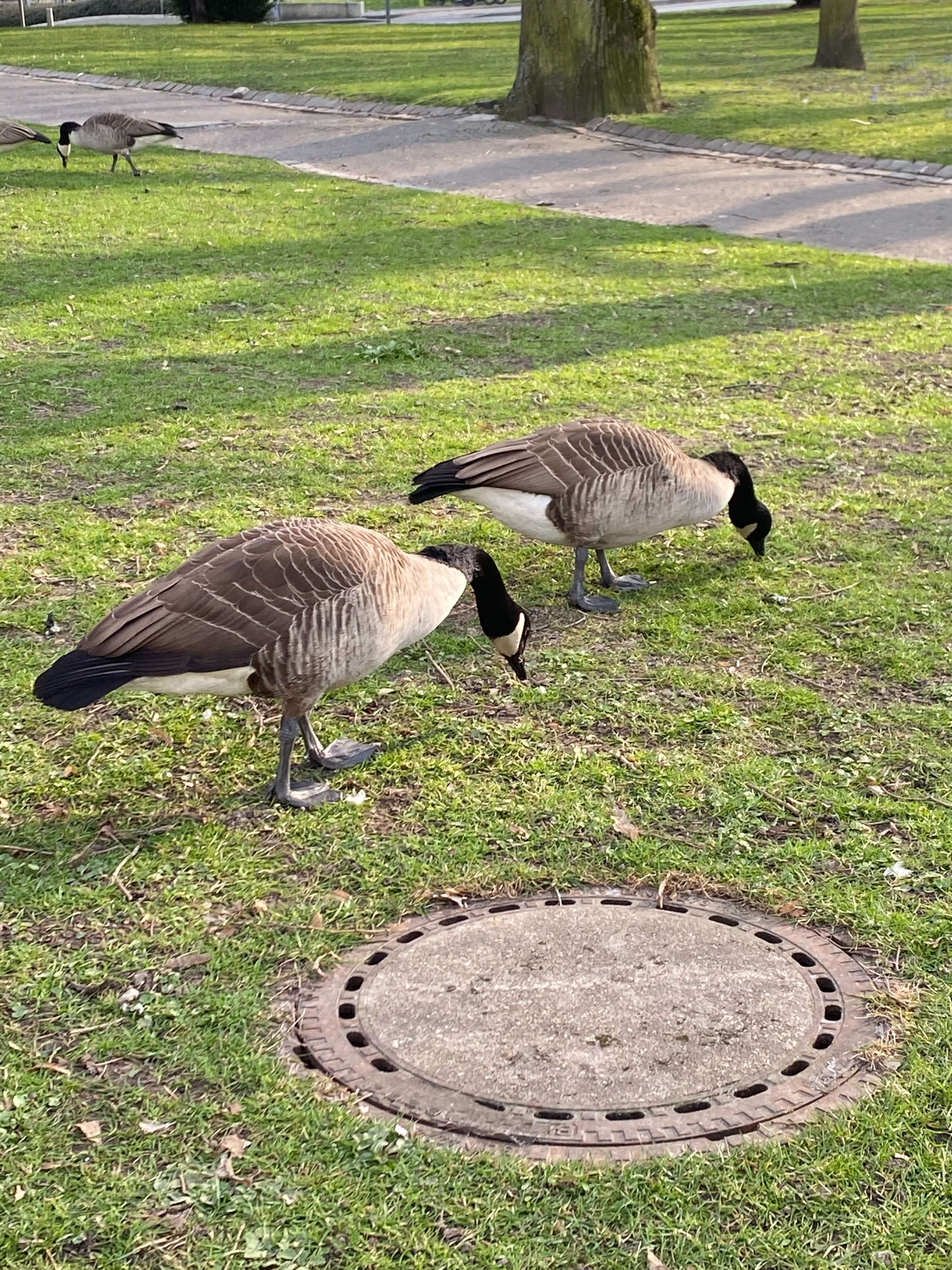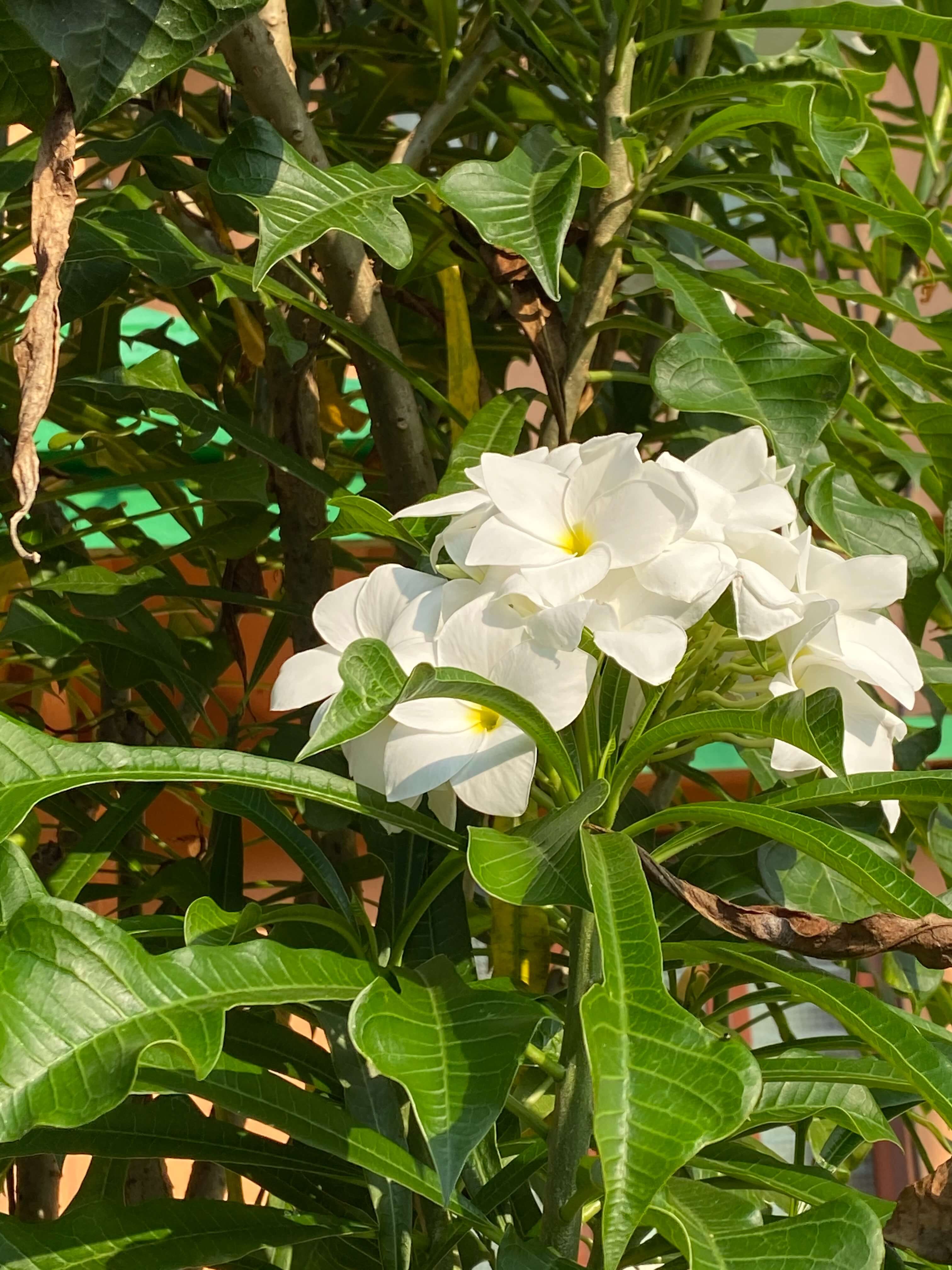 Hey everyone, look what I found while cleaning out my house - a stash of audio cassettes! It’s amazing how much technology has changed over the years. I remember when these were the go-to medium for music and audio recordings. It’s interesting to think about how much we take for granted now with digital streaming and downloads.
Hey everyone, look what I found while cleaning out my house - a stash of audio cassettes! It’s amazing how much technology has changed over the years. I remember when these were the go-to medium for music and audio recordings. It’s interesting to think about how much we take for granted now with digital streaming and downloads.
I think it’s worth taking a moment to appreciate the tangible and physical nature of these cassettes. There’s something special about holding a physical copy of your favorite music or recording, rather than just having it stored on a device. Plus, there’s the nostalgia factor - seeing these cassettes again takes me back to a different time and place.
Although Spotify has gained a significant share of the music market, I believe that issues surrounding artist compensation and music ownership still persist. In my view, non-fungible tokens (NFTs) offer a promising solution for these problems. With NFTs, artists can create unique digital assets such as music tracks or albums, which consumers can buy and own. NFTs could allow artists to receive ongoing compensation for their work and ensure verifiable ownership of digital content, potentially helping to reduce piracy and unauthorized distribution. Instead of paying a subscription, consumers could transfer or resell the music they have bought, creating a new model for the music industry that benefits both creators and consumers. The same goes with video game industry.


 Hey everyone, look what I found while cleaning out my house - a stash of audio cassettes! It’s amazing how much technology has changed over the years. I remember when these were the go-to medium for music and audio recordings. It’s interesting to think about how much we take for granted now with digital streaming and downloads.
Hey everyone, look what I found while cleaning out my house - a stash of audio cassettes! It’s amazing how much technology has changed over the years. I remember when these were the go-to medium for music and audio recordings. It’s interesting to think about how much we take for granted now with digital streaming and downloads. The plant, a.k.a Champa is sometimes used in traditional medicine to treat various ailments, including diarrhea, fever, and coughs. It is also known for its hardiness and ability to withstand drought conditions, making it a popular choice for landscaping in arid regions. Plumeria pudica is a favorite of many butterfly species, which are attracted to its nectar-rich flowers.
The plant, a.k.a Champa is sometimes used in traditional medicine to treat various ailments, including diarrhea, fever, and coughs. It is also known for its hardiness and ability to withstand drought conditions, making it a popular choice for landscaping in arid regions. Plumeria pudica is a favorite of many butterfly species, which are attracted to its nectar-rich flowers. Lomelosia caucasica, also known as Caucasian pincushion, is a flowering plant species that belongs to the family of Dipsacaceae. An interesting fact about this plant is that it is considered a “living fossil” because it has remained virtually unchanged for over 32 million years. This plant has been found in fossils dating back to the Oligocene epoch, which ended around 23 million years ago, and it still exists in the same form today. Lomelosia caucasica is native to the Caucasus Mountains in Eastern Europe and Western Asia, and it is an important part of the region’s ecosystem, providing food and habitat for various animals and insects.
Photo by
Lomelosia caucasica, also known as Caucasian pincushion, is a flowering plant species that belongs to the family of Dipsacaceae. An interesting fact about this plant is that it is considered a “living fossil” because it has remained virtually unchanged for over 32 million years. This plant has been found in fossils dating back to the Oligocene epoch, which ended around 23 million years ago, and it still exists in the same form today. Lomelosia caucasica is native to the Caucasus Mountains in Eastern Europe and Western Asia, and it is an important part of the region’s ecosystem, providing food and habitat for various animals and insects.
Photo by